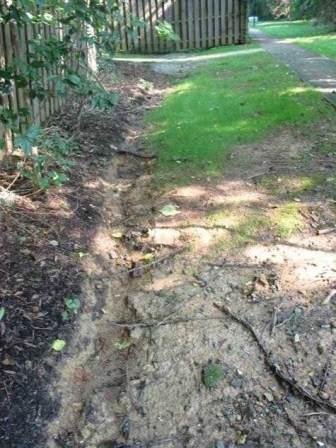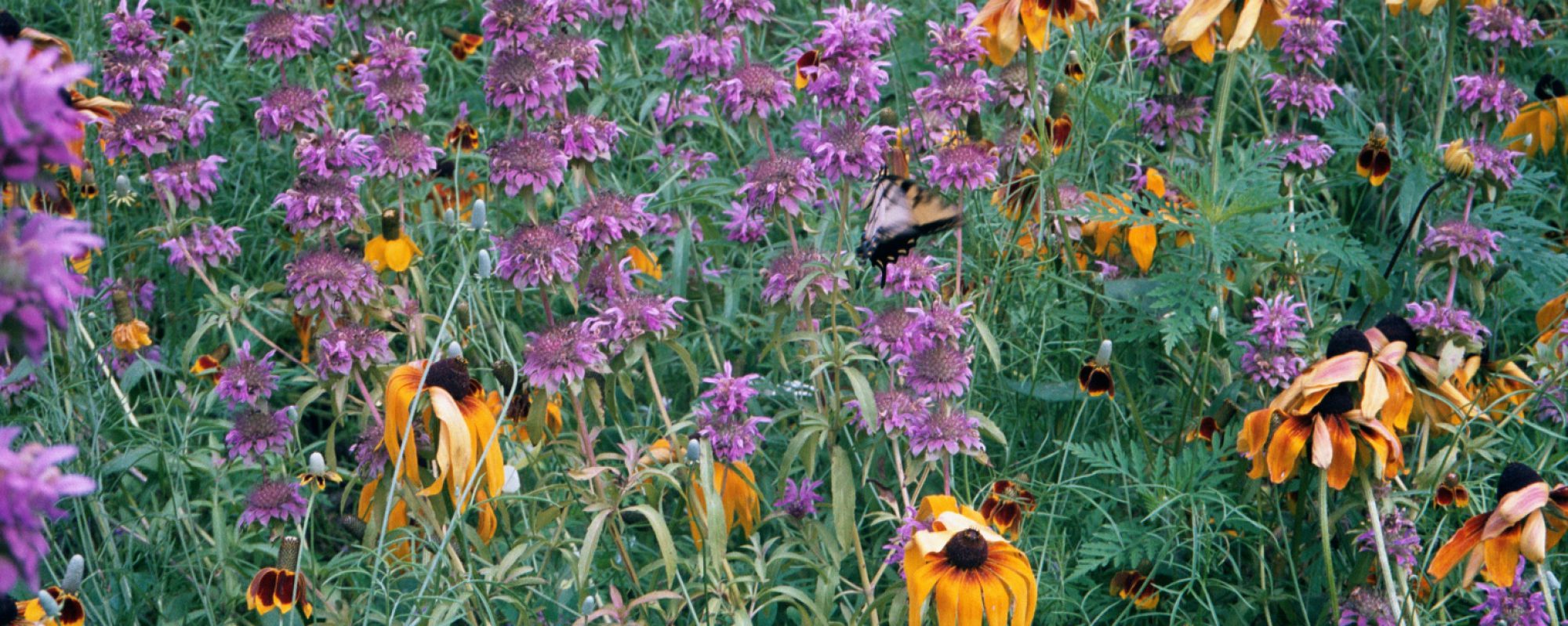
Too much water on your property can lead to erosion in your yard, on hills, and streambanks. Excess water contributes to a greater amount of sediment, nutrients, and other pollutants reaching our waterways.
Greater development within our watersheds leads to an increase in impervious surfaces. More impervious surface on the landscape results in flashy flows and a higher velocity of water within our streams. The same is true for your yard! Buildings, driveways, and roof space all add the to impervious surface area of your yard.
So what can you do…?
Downspout Disconnection and Rain Barrels
During a heavy storm, each downspout on your home can deliver as much as 12 gallons a minute to your community’s storm system, which can consist of storm sewers and roadside ditches. All of this excess water entering the storm system can cause downstream flooding and streambank erosion. To manage stormwater on your property, we recommend diverting the water off your roof and gutters to a rain garden or rain barrels. Place rock protection or a splash-block at the end of the downspout to prevent erosion and dissipate the energy of the water flowing out of the downspout. Be sure to consult with your community before disconnecting downspouts incase of community ordinances not allowing this type of work.
Consider installing one or more rain barrels on your downspout(s), which will help contain some of the flow coming off the roof during a rain event. We recommend using a rain barrel that comes with a diverter attachment, which fits onto the downspout and prevents excess water from backing up in the rain barrel once it fills. Rain barrel water is a good free resource for watering your outdoor landscape beds and washing your lawn furniture or vehicles. The rain barrel can also be set up to outlet the flow into a rain garden. Contact your local Soil and Water Conservation District to see if they have information on where to purchase rain barrels in your area.
Trees in the Landscape
Trees are some of the hardest-working plants on your property. A medium-sized tree can capture as much as 2,300 gallons of rainfall every year! Trees can improve air quality, reduce hot temperatures in summer, increase your property value, provide habitat for wildlife, and add recreation and aesthetic value.
Trees are particularly important along our waterways and streams as their root systems provide stability to stream banks and minimize erosion concerns. Tree roots also promote infiltration of stormwater into the soil, leading to less water ponding up on your lawn and less flooding and erosion downstream. More infiltration helps replenish the groundwater supply.
Also visit our pages on Rain Gardens and Native Landscaping as other options to remedy excess water on your property causing erosion.
- Links to pertinent pages on this website
